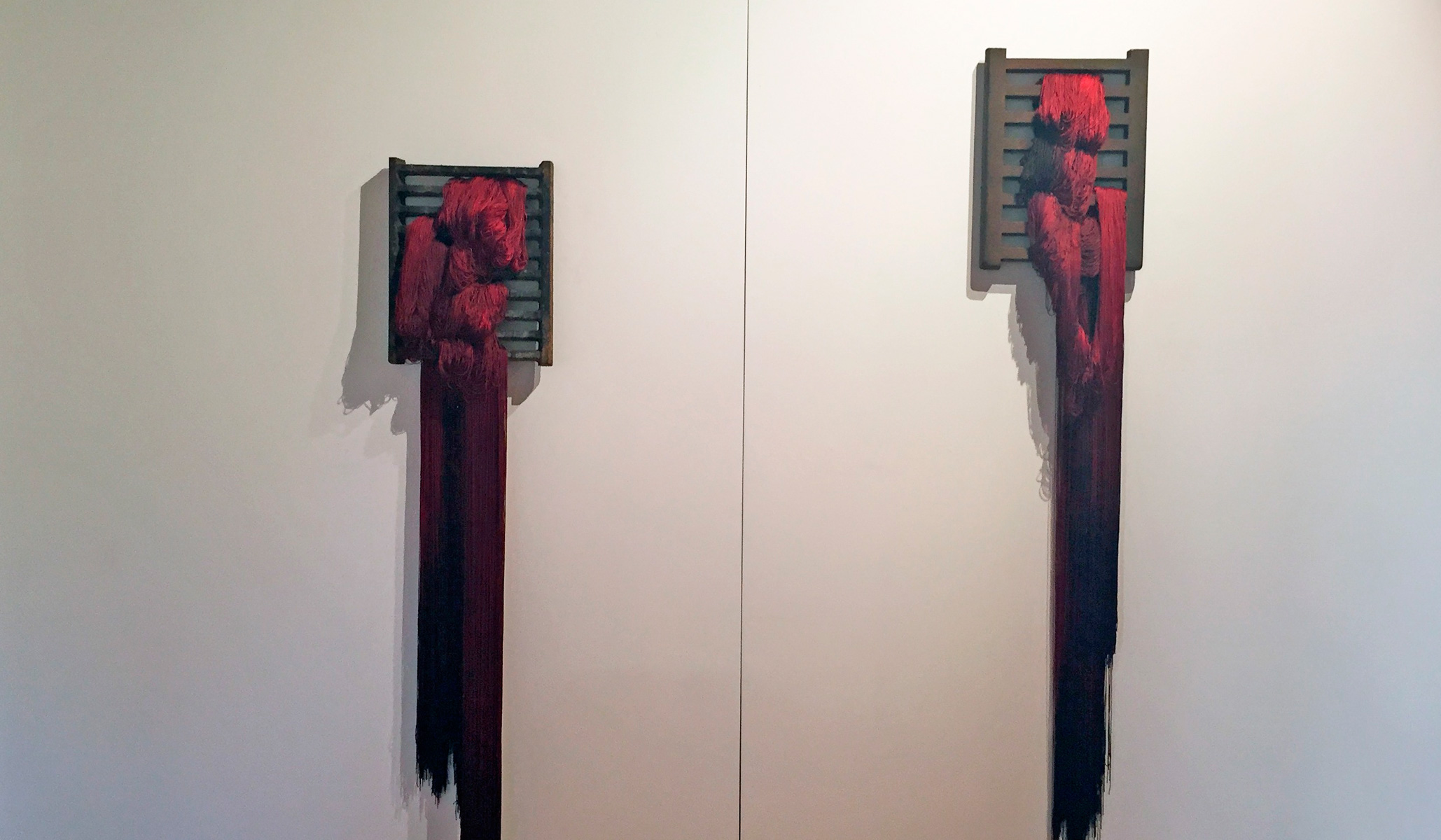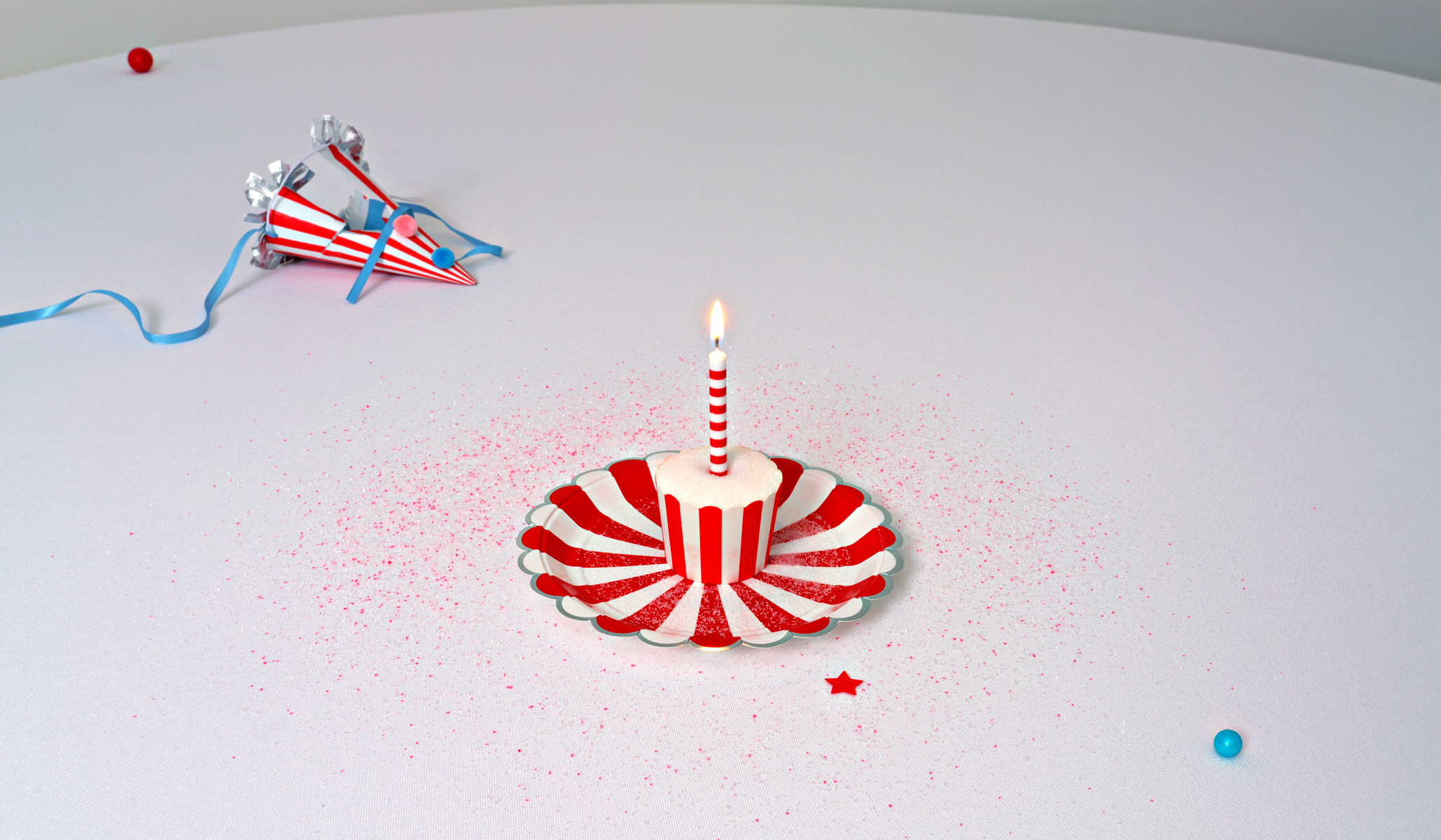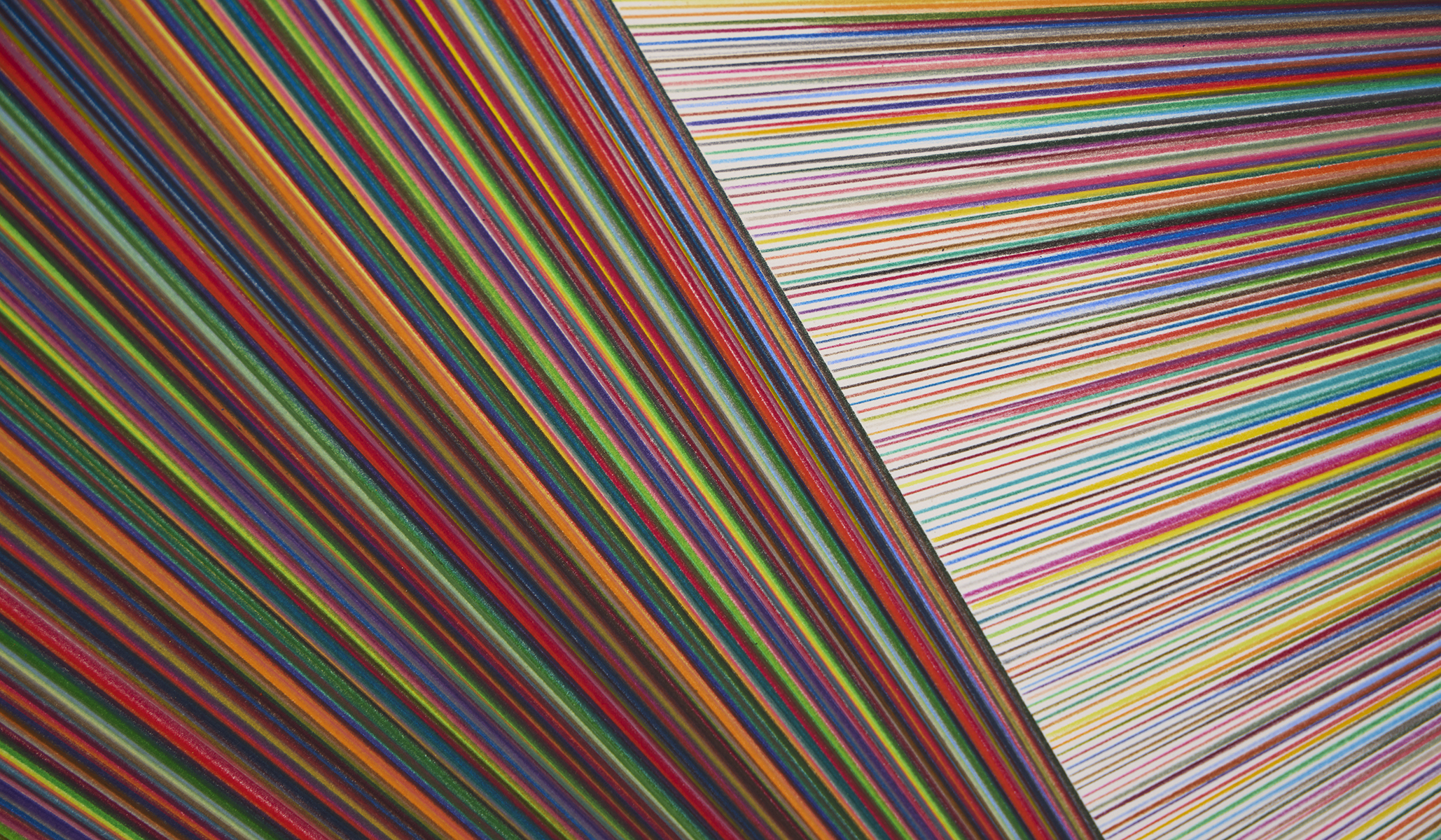Exhibition
In a world increasingly obsessed with the use of pithy acronyms, #YOLO has become a potent catch cry for the internet generation. An abbreviation of the phrase ‘You only live once’, this now ubiquitous acronym is used to caption so many varied situations, from excusing undeniably questionable and irresponsible behaviour to celebrating exciting events and small every day moments of extravagance, that the term has all but lost any true sense of meaning.
Popularised by the rapper Drake in his 2011 hip hop single The Motto, the acronym was first entered into the Oxford American Dictionary in 2012 when it was shortlisted for the 2012 English Word of the Year. However use of the phrase ‘You only live once’ crops up repeatedly throughout the history of literature and pop culture, from Fritz Lang’s 1937 film noir movie of the same title, to references made in Crime and Punishment by Fyodor Dostoyevsky, evidence that the phrase has in fact subtly evolved and been in constant use throughout history.
A thoughtful rumination on the human condition, the phrase essentially grapples with the fragility of our existence and raises universal questions to do with life, death, passing time and our own mortality. These philosophical questions of ongoing relevance have of course held a fascination for artists since time immemorial and have been repeatedly examined throughout art history, from the religious iconography of early Christian art with its fascination with man’s mortality and the after life, through to the vanitas paintings and memento mori references of the 16th century Dutch still life tradition, the transience of life has continued to be one of the most common themes tackled by artists throughout the generations. Featuring the work of six contemporary artists whose work spans painting, photograph, video and installation, #YOLO examines the way in which themes of life, death and passing time continue to be addressed within contemporary art.
Included in the exhibition are works such as Zan Wimberley’s time lapse video #yolo, which offers a light and antagonising yet probing look at the complex subject of mortality. By taking heavy concepts and making light of them, Wimberley’s work explores apparently light ideas by highlighting the often-overlooked gravity which they actually contain.
Likewise Anne MacDonald’s photographic work Candle is a meditation on the ephemeral nature of life: the passage of time and the sense of loss experienced due to its passing. With each year in age represented by another candle on the cake, the birthday candle in MacDonald’s work becomes a poignant indicator of the fleeting nature of time. The sugar coated cupcake and scattered lollies in Candle reference Flemish, Dutch and German desert and confectionary still life paintings of the Sixteenth and Seventeenth Century. Candied sugar appeared in these sumptuous banquet scenes as a symbol of luxury and spiritual sweetness. In subsequent years there was however a change in attitude when it was discovered that sugar is addictive. Recently the aging effects of high sugar consumption have gained media attention, highlighting the irony that life’s celebrations often centre on sugary treats that subsequently hasten its passing.
Hyun-Hee Lee’s practice explores personal memories, experiences inspired by family rituals and practices derived from Korean religions and searching for an understanding of spiritual and cultural connections, which are closely tied to the life cycle and have a fundamental importance in marking and celebrating the passing of time, from the beginning of life until its end.
Stevie Fieldsend’s potent installation pieces (made from rusted cast iron drainage grates and blood red fringing) act as memorials, marking and remembering the little deaths we experience throughout life, such as the death of innocence, the death of ego, the death of attachment.
Ben Ali Ong’s breathtaking work has an underlying sense of anguish and sorrow, which clings to his moody black and white photographs. The interplay of light and dark in his work act as a visual metaphor for the vagaries of human existence, alluding to the idea that the beauty and fragility of life are inseparable from the horror and sorrow which accompany it.
Shoufay Derz’s work King for a day (Stripped), which depicts a golden satin bed sheet, the word ‘stripped’ woven through it using pomegranate-dyed hand-stitched silk thread, is a meditation on the passing of her father, whose final sleep was at home in gold satin sheets.








